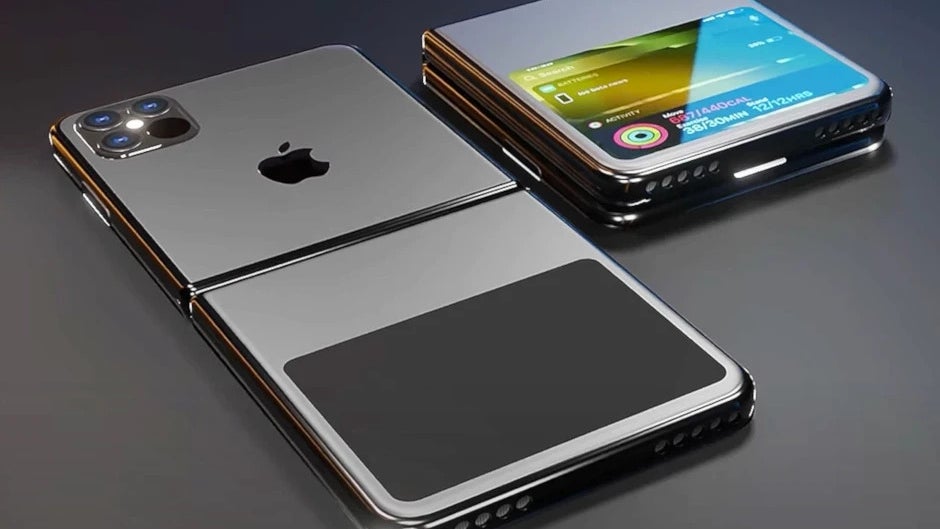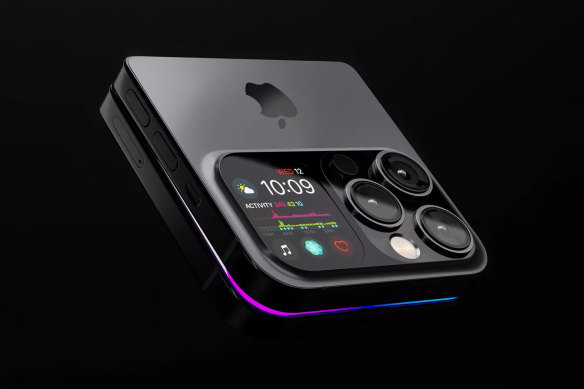Foldable iPhone 17 could change Apple’s smartphone journey forever
Foldable iPhone 17 is one of the most anticipated devices in Apple’s lineup, and recent leaks suggest that the wait may finally end in 2026. For years, Apple has played it safe with design, offering minor changes while rivals like Samsung pushed ahead with foldable technology. But now, reports indicate that Apple is preparing to step into the foldable race with a book-style iPhone that could redefine the smartphone experience.
Analysts believe the Foldable iPhone 17 could be the company’s biggest design shift since the original iPhone in 2007. More than just a new form factor, it may also mark Apple’s boldest step in technology, with in-house modem chips, a fresh camera layout, and a screen that solves one of the biggest foldable phone problems the crease.
Design and build details of the Foldable iPhone 17
Leaks suggest that Apple’s first foldable will adopt a book-style design, similar to Samsung’s Galaxy Z Fold series. The device can be used as a standard iPhone when folded but opens into a tablet-sized screen for multitasking, gaming, and streaming.

Early reports indicate that the crease in the middle of the display will be far less visible compared to existing foldables, thanks to Apple’s shift from on-cell to in-cell touch technology. This change not only improves display quality but also ensures smoother touch response, which has often been a weak point for competitors.
The Foldable iPhone 17 is also rumored to debut in classic black and white shades, with more color options arriving later depending on market response. Apple seems to be keeping the initial rollout simple, focusing on stability and durability before experimenting with bolder choices.
Cameras, Touch ID return, and eSIM-only future
Unlike regular iPhones, the Foldable iPhone 17 will feature four cameras one on the cover, one on the inside, and two on the back. This setup will give users flexibility whether they are using the device folded or unfolded.

Another surprise is Apple’s reported decision to bring back Touch ID instead of Face ID. This would mark a nostalgic return to an older technology, but one that may make sense for foldable designs where Face ID sensors are harder to implement seamlessly.
Continuing its trend of eliminating physical ports and slots, the foldable will ship as eSIM-only, just like the upcoming iPhone Air models. That means no physical SIM slot, cementing Apple’s push toward a fully digital ecosystem.
Apple’s big modem shift with Foldable iPhone 17
One of the most important features tied to the Foldable iPhone 17 is Apple’s new C2 modem, developed in-house. This is the same chip that will power the iPhone 18 Pro lineup, marking Apple’s break from Qualcomm’s dominance. By using its own modem, Apple gains tighter control over connectivity and device performance while reducing dependence on outside suppliers. Also Read: Pixel 10 Series Launch Today: Everything About Google’s New Flagships
The modem shift signals Apple’s long-term vision of controlling every critical piece of iPhone hardware, from processors to displays and connectivity chips. The foldable model will be the first real showcase of this strategy in action.
What about pricing and availability?
While no official details have been confirmed, industry experts believe the Foldable iPhone 17 will launch in the fall of 2026, right after the iPhone 17 lineup. Suppliers are reportedly preparing for mass production in early 2026 to meet high demand.
Pricing, however, is still a mystery. Given Apple’s premium strategy, the foldable could easily become the most expensive iPhone ever, crossing the $2,000 mark. Yet, for Apple’s loyal fan base, the price may not be a deterrent. As history shows, new iPhones often turn into status symbols, and the foldable model is expected to follow the same path.
A turning point for Apple’s future
The Foldable iPhone 17 is not just about adding another model to Apple’s catalog — it represents a turning point. After years of design stagnation, this leap into foldables signals a new era of innovation.
Much like the first iPhone transformed the mobile industry, the foldable could reshape how users interact with smartphones. Bigger screens, flexible designs, improved multitasking, and Apple’s signature ecosystem could make this device a game-changer.
Conclusion
The Foldable iPhone 17 may still be two years away, but leaks already hint at a revolutionary shift for Apple. From its book-style foldable screen and four-camera setup to the comeback of Touch ID and Apple’s new modem, everything points toward a device built to impress. If Apple delivers as expected, 2026 could mark the most exciting iPhone launch in over a decade.


